INTERVIEW WITH
ADAM LISTER
“I look at the original subject matter and I break it down to its most important elements. From there, I build up the composition of the painting.”
Adam Lister is a highly acclaimed visual artist who has made a significant impact on the art world with his unique and captivating style. Based in Beacon, New York, Lister's work is characterized by his geometric interpretations of iconic imagery and pop culture references. He has exhibited his artwork in galleries across the globe, showcasing his ability to appeal to audiences worldwide.
Lister's process is deeply rooted in the exploration of visual perception and spatial arrangement. His paintings are influenced by geometric thinking and a desire to capture the briefness of a mental picture. He is known for his ability to highlight the complexity and simplicity of an image simultaneously, creating a sense of intrigue and wonder in the viewer. His work has a specific level of clarity that makes it stand out from other contemporary artists. He has also collaborated with numerous brands and other artists, demonstrating his versatility and creativity.
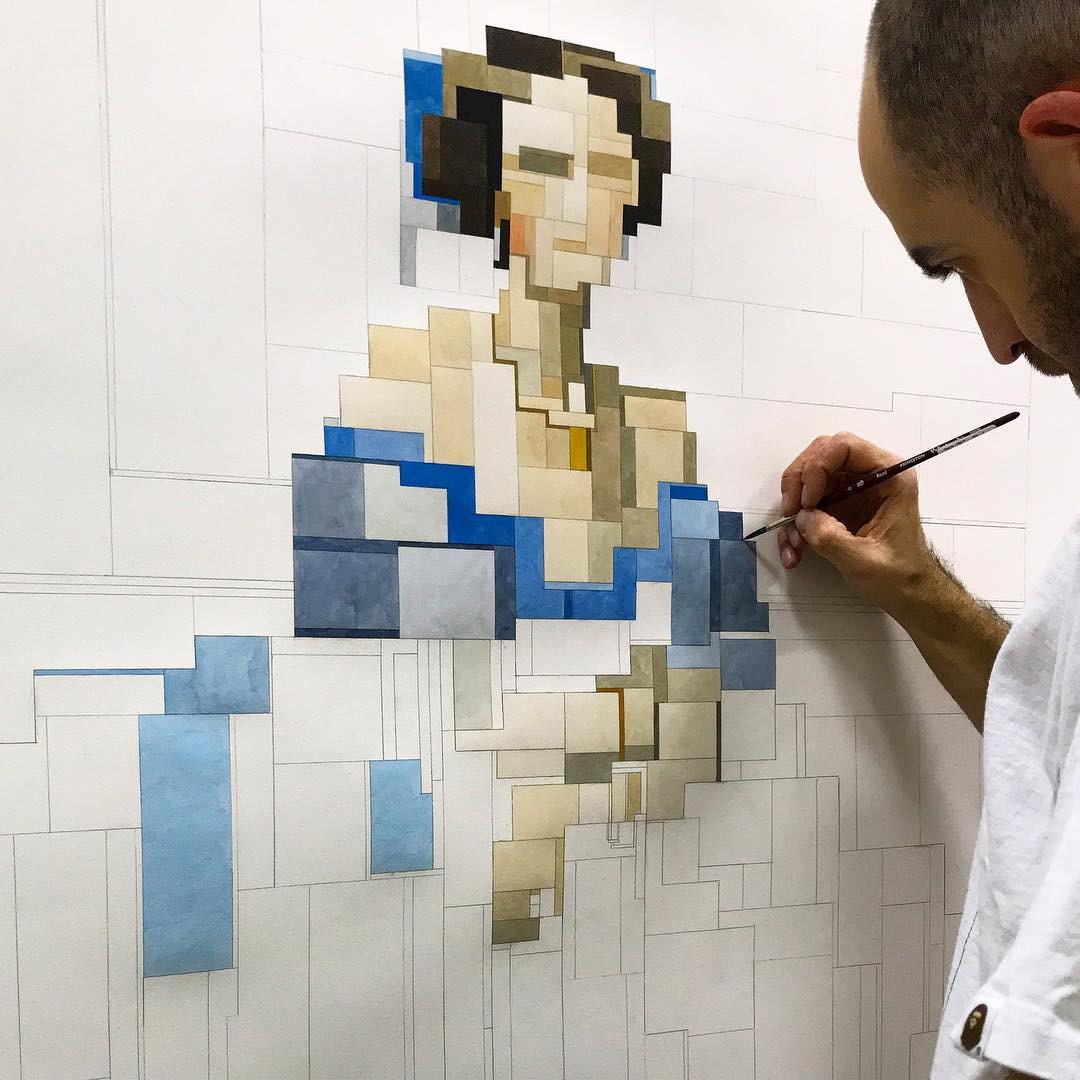
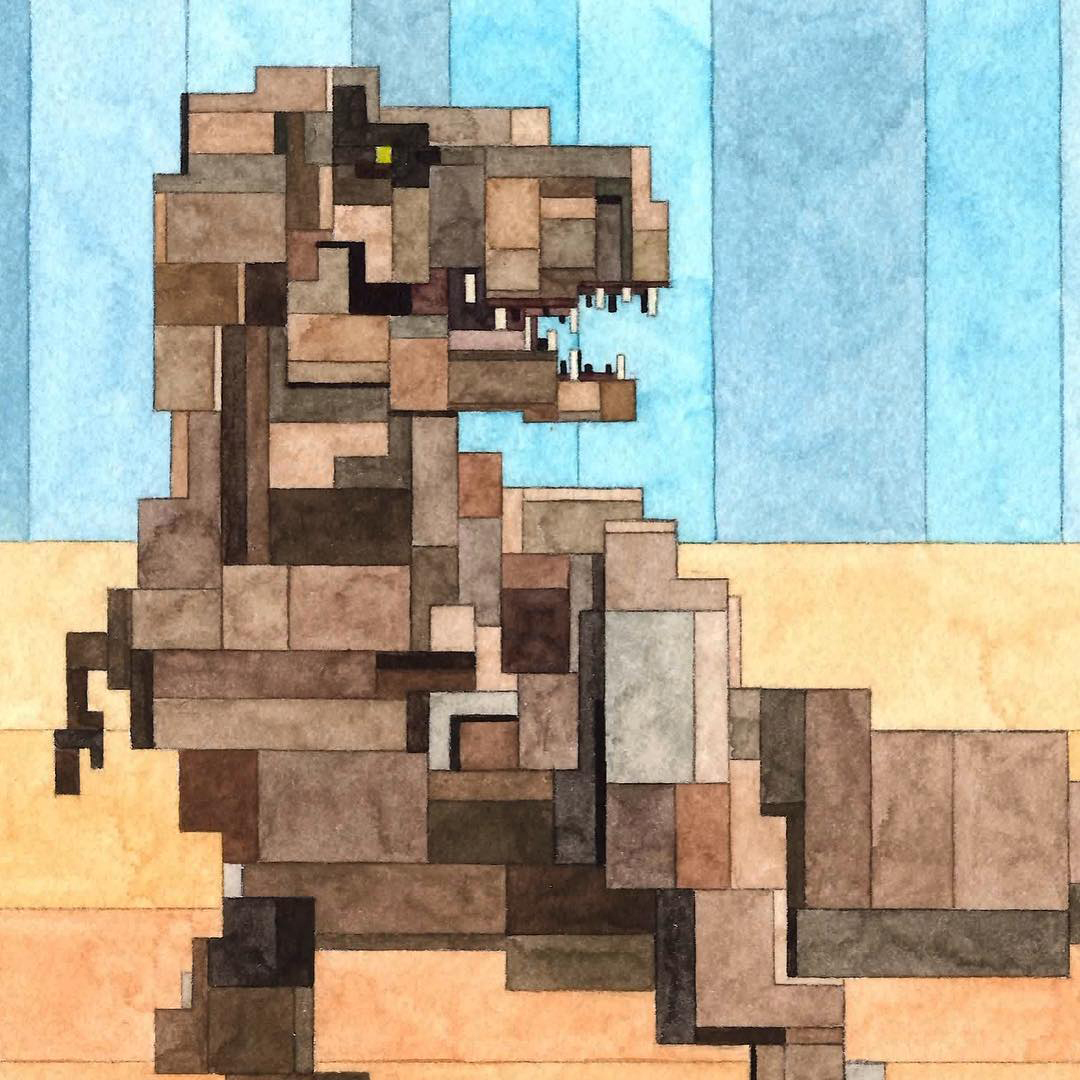
How and when did you discover your passion for art?
I was always making things as a kid, I liked to draw and to build things. As a young teenager my parents put me in a watercolor painting class that was for adults. I remember starting out in the class and feeling so frustrated, the watercolor medium was tricky for me to understand at first. But it became meditative in a way, even at a young age, moving the paint around on the paper, balancing the right amount of water with the right amount of pigment, it was a challenge and an escape at the same time. I realized that making art was both a retreat from the world around me, and a way to connect and share with people. In high school I didn't really want to do anything else other than make art ... so that's what I did, and I just kept doing it.
Your pixelated paintings are unique and recognizable. How did you develop this personal style?
For a long time, I was painting completely abstract non-objective paintings. These abstractions were hard edge, geometric inspired paintings. But the focus was all about color relationships, and creating visual movement within a frozen two-dimensional space. Over time, I lost interest in making paintings that were simply about color and shape. So I tried using the same visual language I had been working with, a very tight angular approach, to make some pictures of actual representational images. By working with subjects that were more collectively "familiar" to viewers, I think my paintings were able to speak to a wider audience.
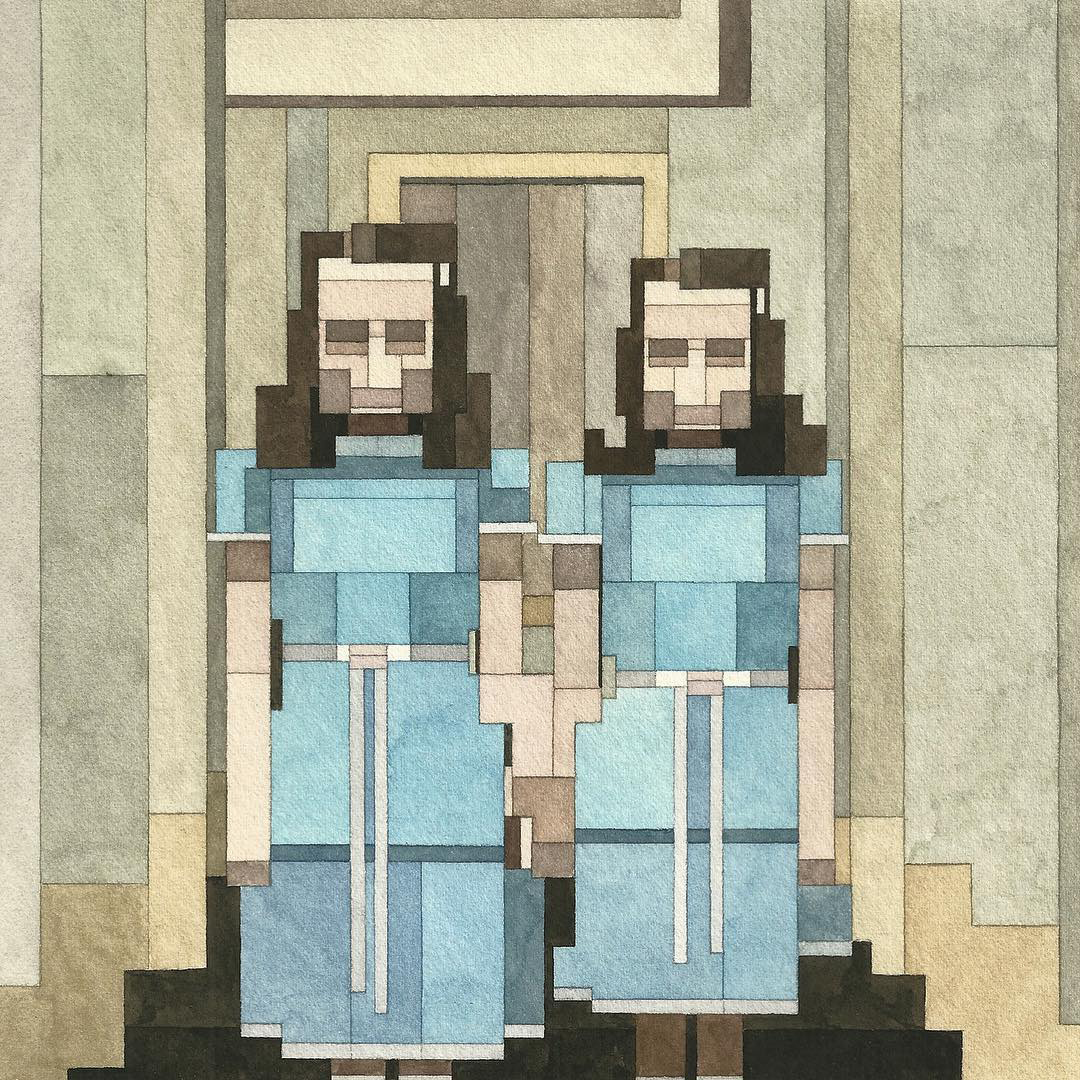
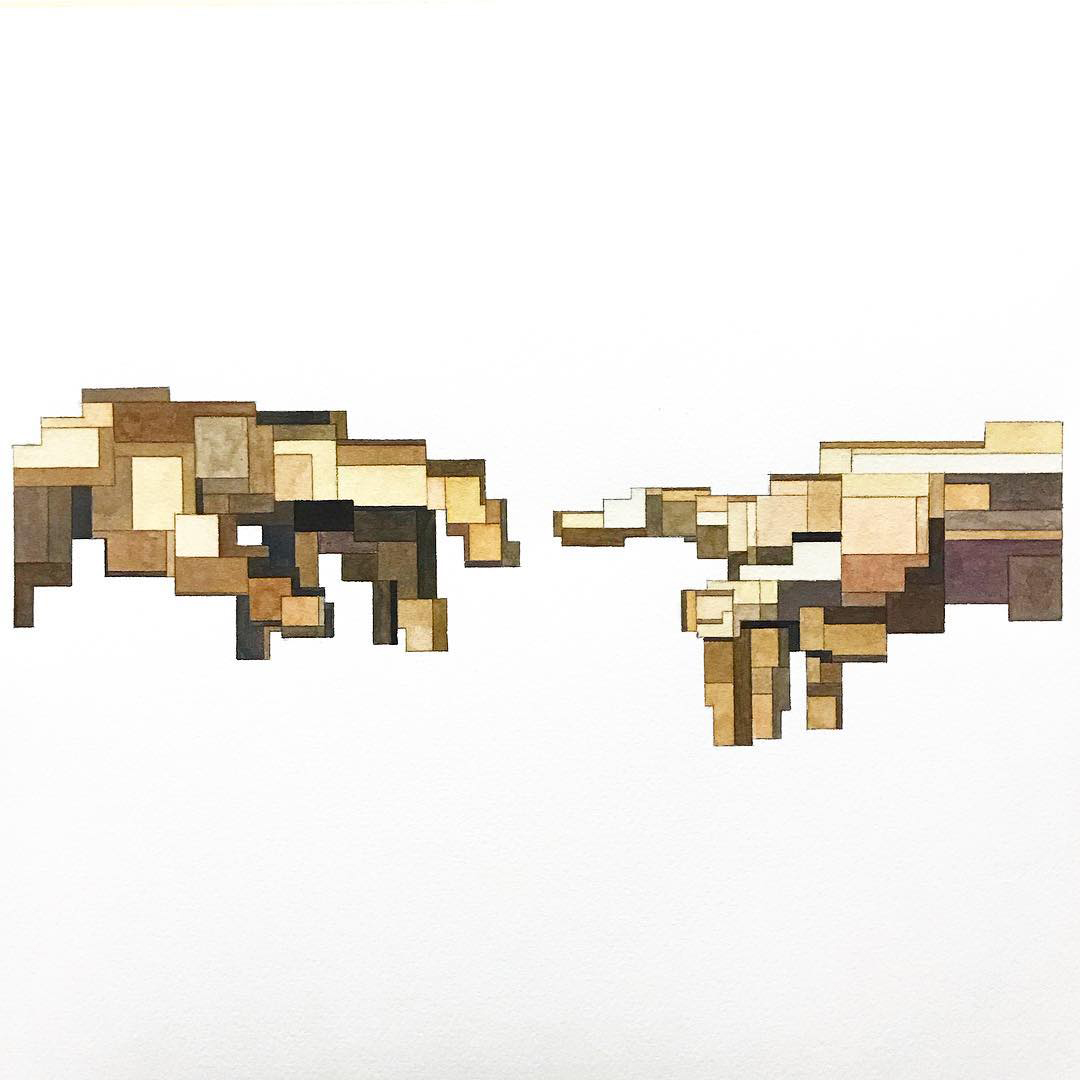
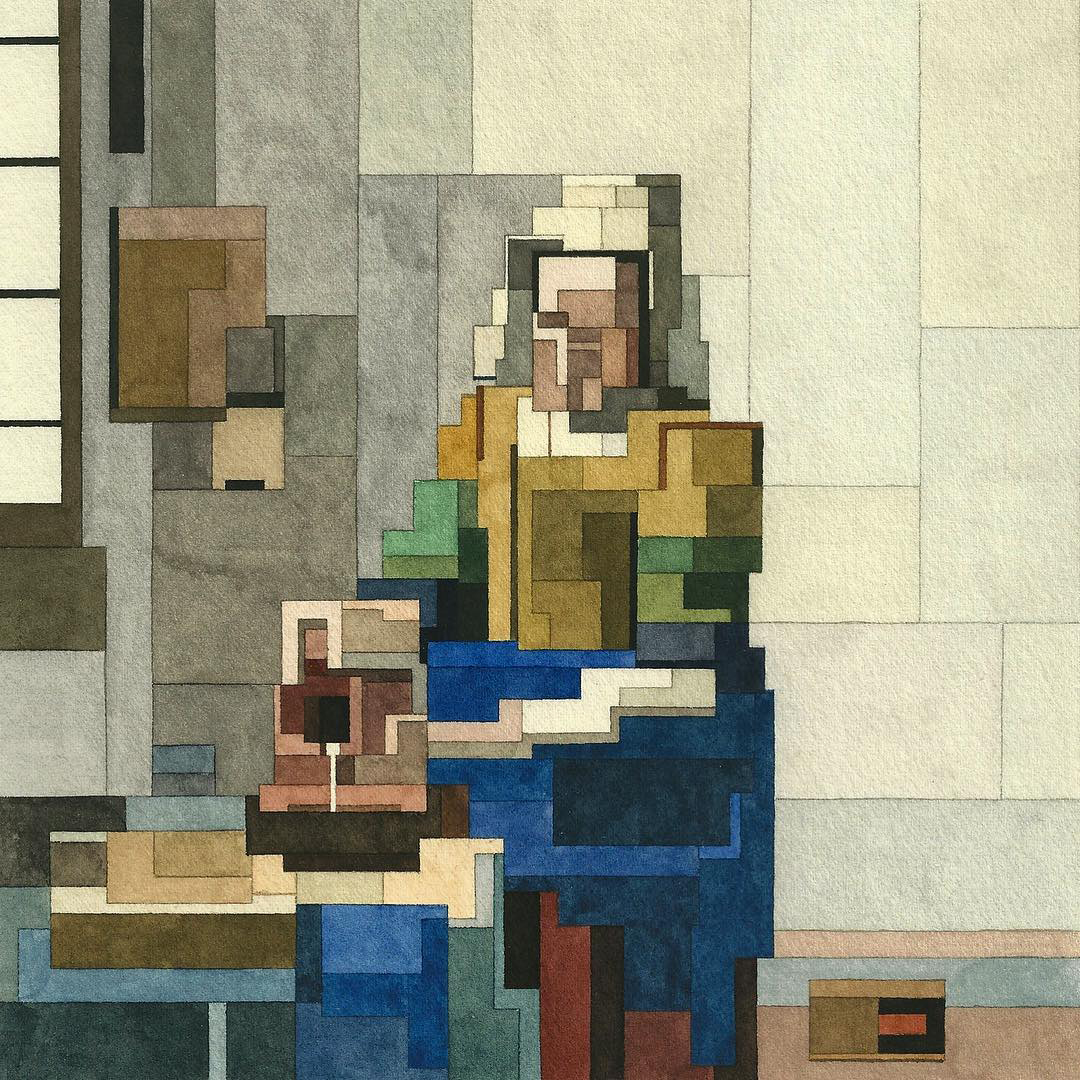
Why do you think minimalistic art is so appealing?
I fell in love with the early minimalist artists when I was in school; I studied and read everything about "minimalism". I think it's so appealing because it is powerful. It’s quiet and strong. It’s mysterious and clean. I live in Beacon, New York. We have the DIA foundation museum here. It’s a giant collection of iconic early minimalist and conceptual artwork, displayed in an old factory building along the Hudson River. I spend hours in this place, walking, sitting, thinking. I guess minimalist art also doesn't force you to think in the conventional way that some other art does, it doesn't ask much from the viewer. Seems like its related to a kind of confidence or bluntness.
How do you manage to capture the essence of the images you paint?
I look at the original subject matter and I break it down to its most important elements. From there, I build up the composition of the painting. I try to get the amount of shapes in a painting to feel balanced, not too many, not too few. I basically try to describe the forms of the image with right angles … all squares and rectangles. Sampling the right colors is also an important factor, people view paintings and react immediately to the colors, and the combinations of colors. So placement of color is a big factor in capturing the essence of something that is collectively familiar.
Some of your works recreate famous paintings or are based on popular culture icons. What message do you try to convey?
I don't have a specific message with this body of work. I'm making paintings that reflect on and remind me of the past. I have a curiosity for all things pop culture and I have a deep interest in the story of art history. Maybe these paintings are homages to those people and things that have inspired me.
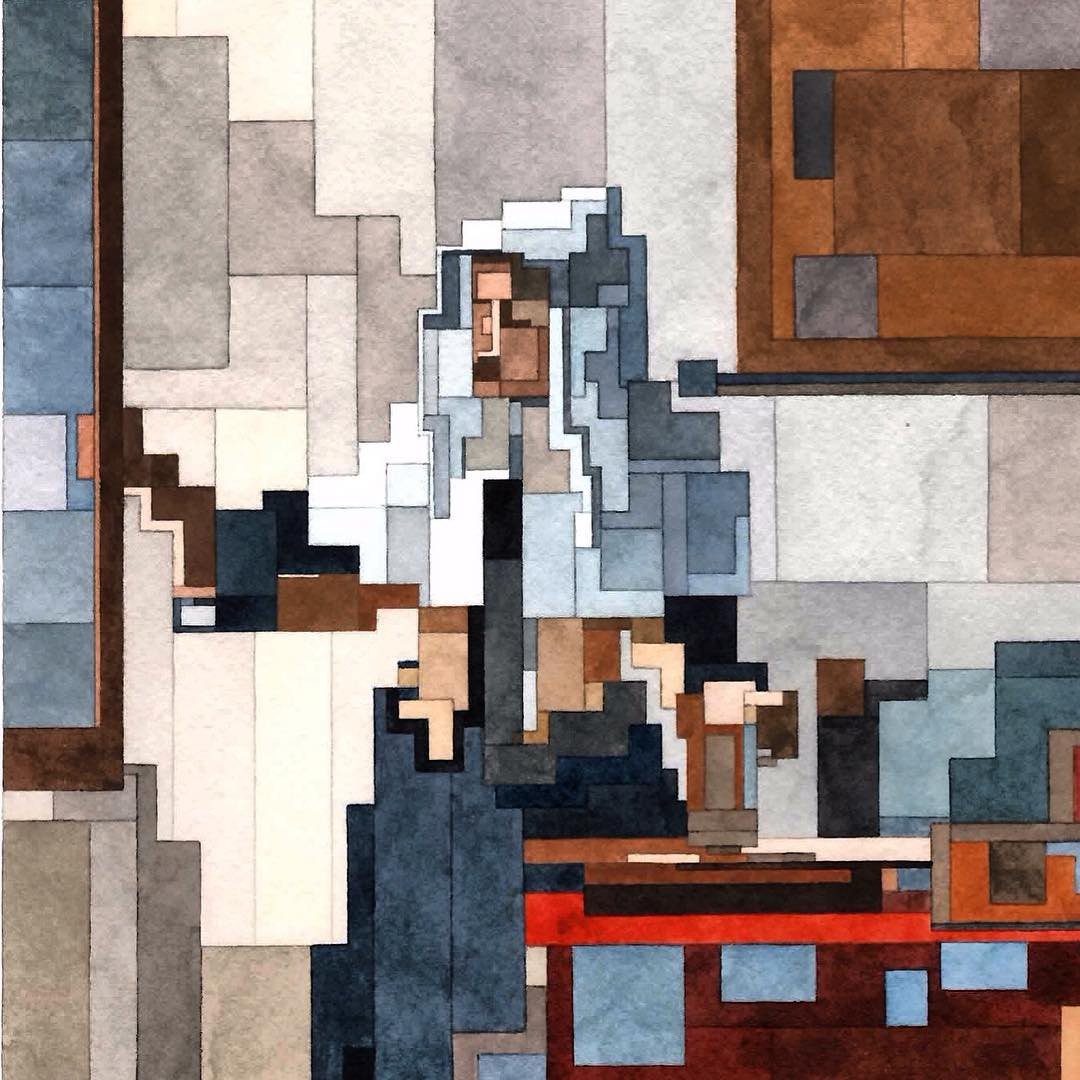
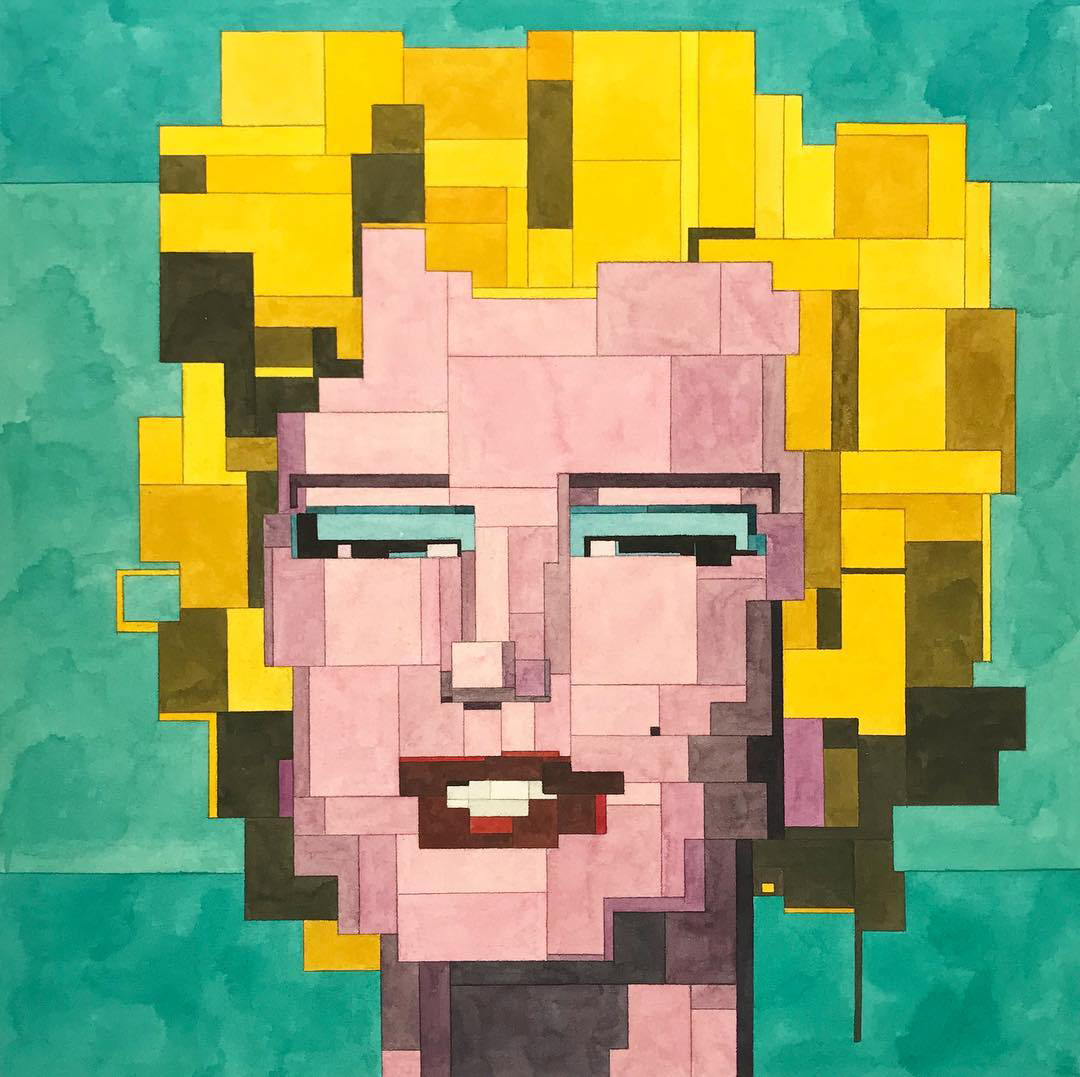
Several of your paintings are inspired by musicians and album covers. What is the role of music in your life and as an inspiration?
I play music in the studio while I'm working. It helps me to stay focused and keeps my thoughts active. I have yet to learn to play an instrument and I can't sing at all. But music definitely inspires me. In two ways actually, I'm inspired by the physical emotions that sound can give you, and I also find there are some parallels between the musicians and visual artists pertaining to the business side of things. I work with some clients in the music industry, and I see and hear about similarities in regards to the way new artists are treated and at times taken advantage of. I find it to be a genuine source of learning for me.
Please guide us through the process involved in creating one of your paintings.
I start out with drawing. Every piece starts with a sketch. Once I lay down the initial freehand drawing, I go back in with a ruler and draw in all the sharp edges and right angles. I work in both acrylics and watercolors. With the acrylic pieces I tape off each shape, one at a time. The acrylic pieces I've made so far, all have very flat colors, I use soft brushes and even strokes while applying the paint to try and get each section as saturated as possible. For watercolors, I start with thin washes of color, generally working my way up from light to dark. With the watercolors, there is a texture that gives the overall picture a softness. It’s that combination of the hard edges and the soft watercolor that I find interesting. I try to work in long concentrated stretches of time, usually 10-12 hours straight.
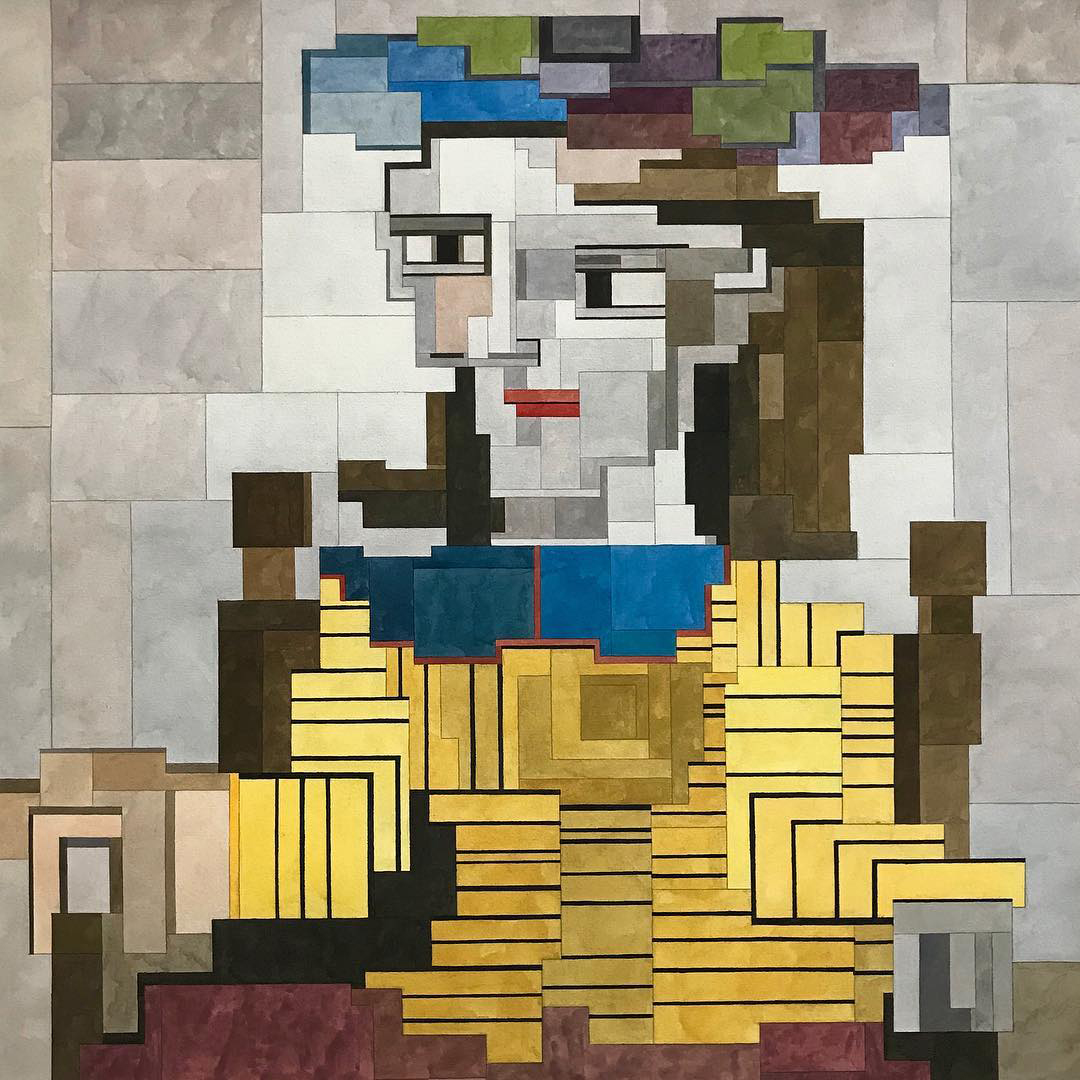
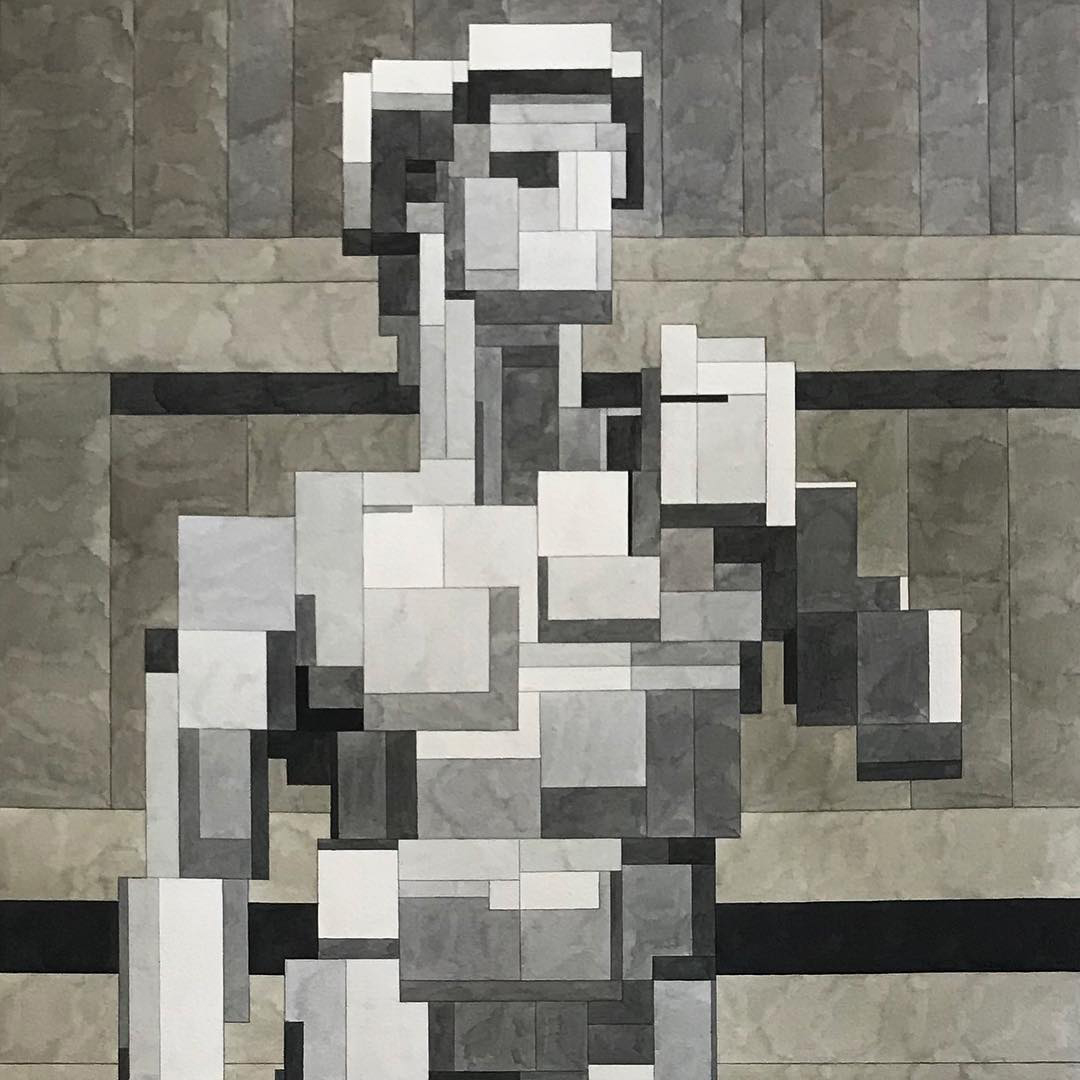
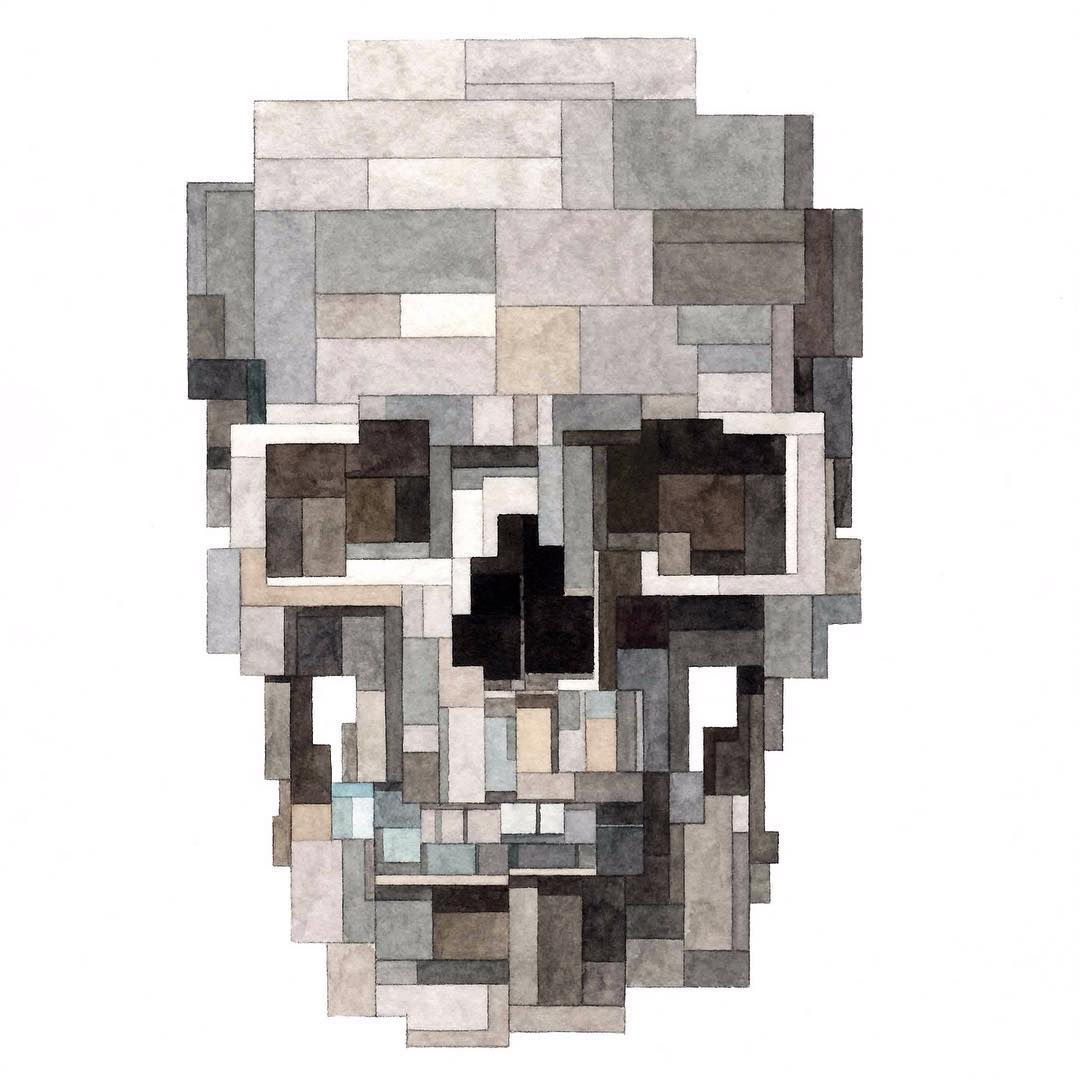
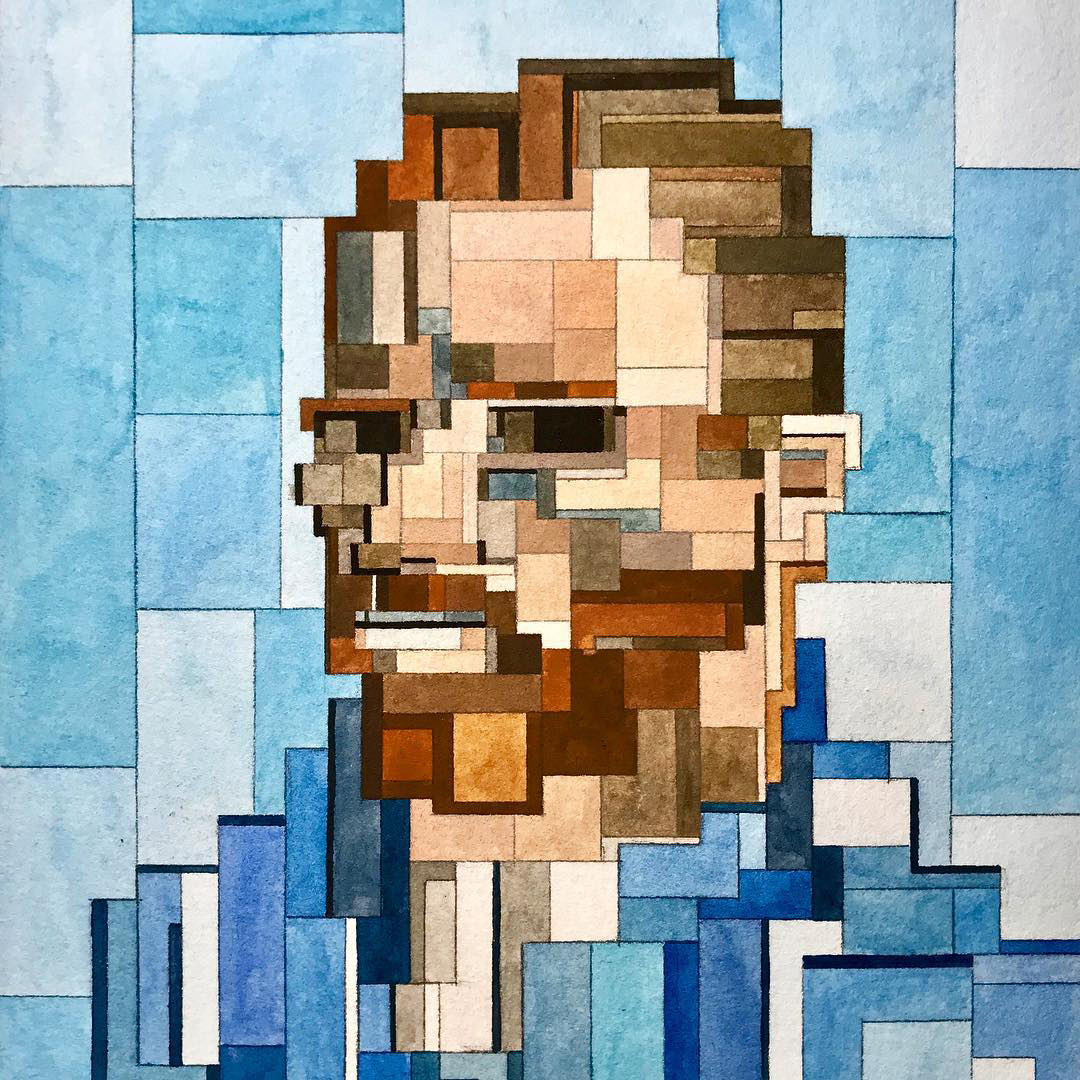
You have recently started 3d printing sculptures based on your images. What motivated this transition? Does it bring new creative possibilities?
I was approached a few years back by an artist named Isaac Budmen. He is a genius in the world of 3D printing. We began collaborating together, transforming my images into three-dimensional pieces. I was instantly intrigued by this way of working, and we've worked together on several projects. Most recently we made a 14 inch 3D printed Ape Head statue for the 25th anniversary exhibition for A Bathing Ape. I've also started working with a group called Unique Board that does 3D printing collaborations with artists. This way of thinking and building definitely brings up new possibilities. We're currently working on several new editions of a 3D printed pigeon.
On a lighter note, your work evokes the aesthetics of early video games so we must ask this question: Atari or Nintendo? Which one is your favorite one?
I was born in 1978. I had an Atari as a real young kid, but we got Nintendo in 1985 so I was 7 years old then, I have to say Nintendo had more of a lasting impact on me.
What is next for Adam Lister?
I have quite a few new things coming up in 2019. I can't say too much specifically, but I have exhibitions planned for New York, Taipei City and Singapore. I also have new projects coming out soon with A Bathing Ape, Carrots, and the Dopeness Art Lab.
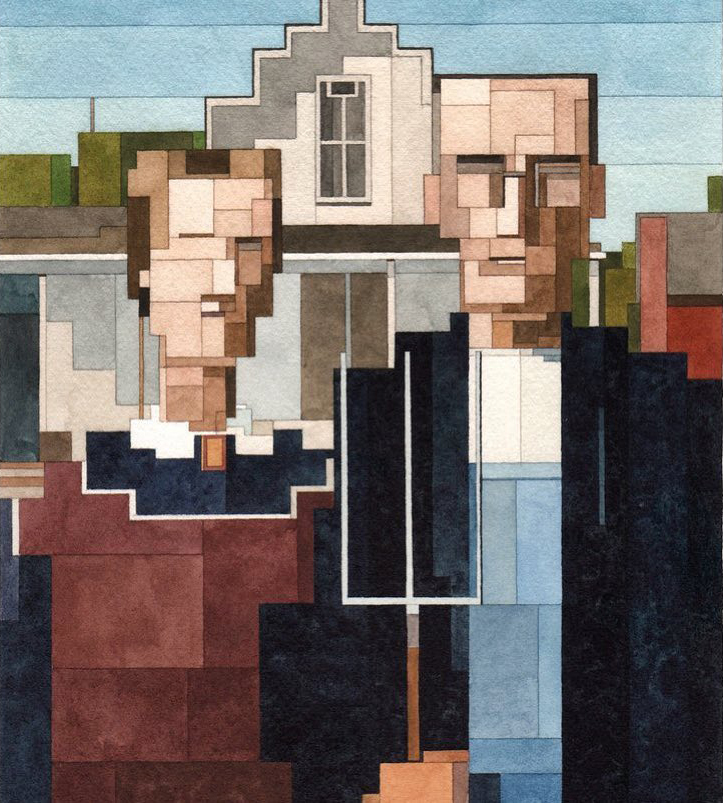
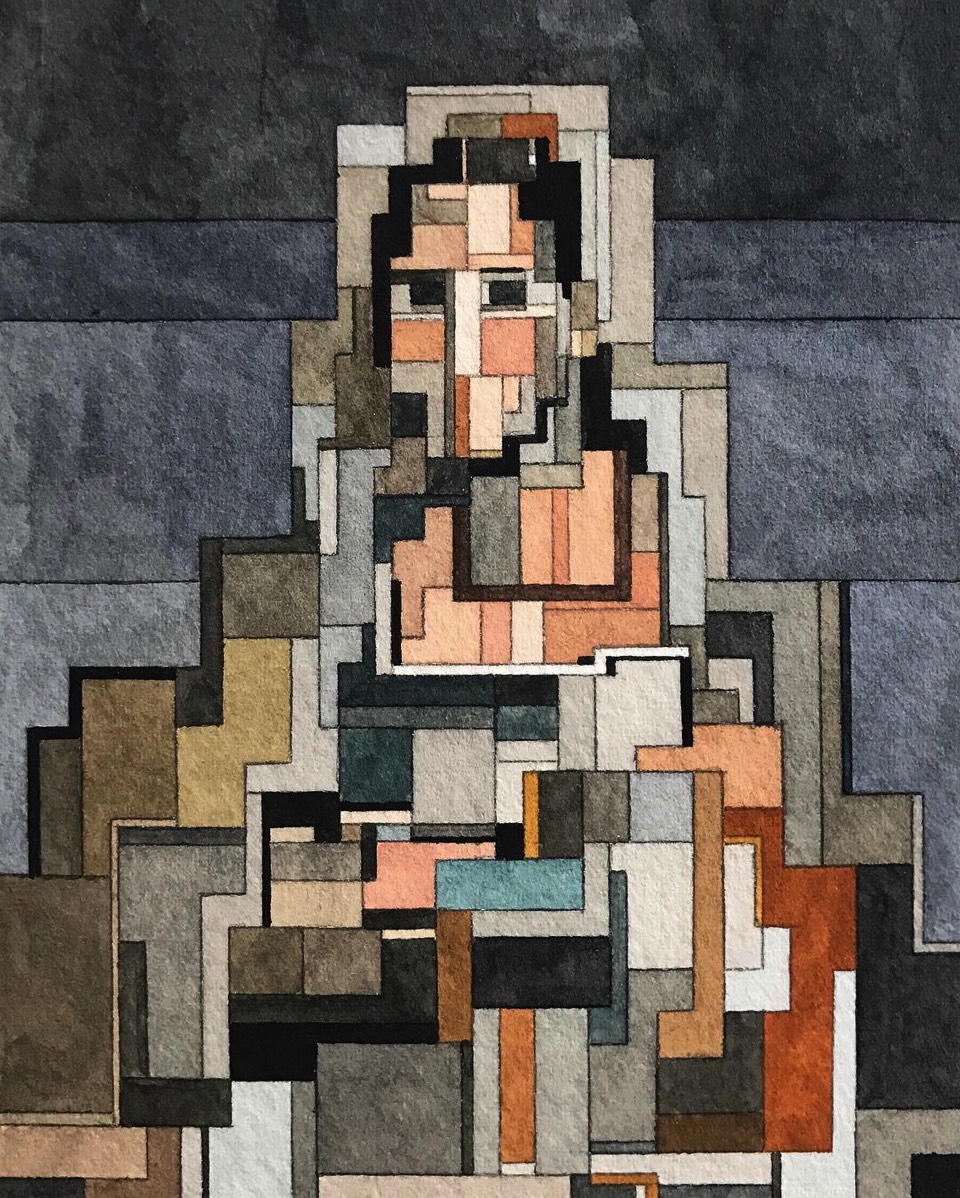
Adam Lister | Instagram




